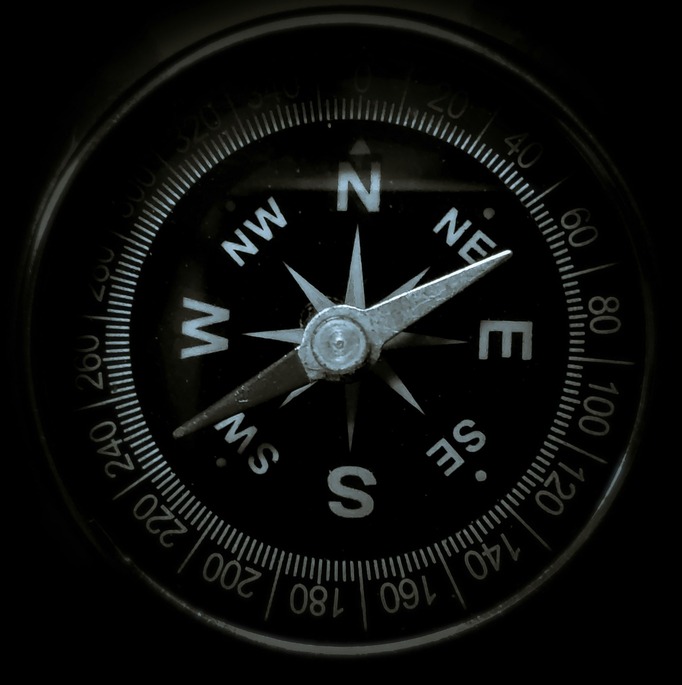This post is also available in Dutch.
Memory and navigation: the case of patient H.M.
A part of the brain that is important for memory and spatial navigation is the hippocampus. Much of the early knowledge about the function of the hippocampus came from a surgery in the 1950s, which had unexpected consequences when a young man underwent an experimental procedure to relieve severe seizures. This lobectomy involved the removal of much of the medial temporal lobe, a part of his brain thought to cause the seizures. Unexpected to the experimenters leading this treatment, H.M’s ability to form new memories was profoundly impaired after the surgery. Notably, H.M seemed unable to form new memories about his life at the hospital. His ability to navigate space was also impaired, so much that he could not even find his way to the bathroom. Through this unfortunate consequence came the pioneering knowledge that the structures in the medial temporal lobe such as the hippocampus play an essential role in memory formation and spatial navigation.
Theoretical foundations with Tolman’s mental maps
In 1948, cognitive psychologist E. Tolman proposed that our ability to navigate and make decisions in space relied on internal representations of the environment, called cognitive maps. He observed that rats, which had learned to take turns in a specific arm of a maze to get food, could change their path and turn in a different direction if they started from the opposite direction. This observation suggested that the animals did not just memorize the directions but could instead update their internal representations depending on changes in the environment. Over the years, researchers have been discovering specialized cells, in different areas of the medial temporal lobe, which play an essential role in building these mental maps.
Specialized cells for spatial navigation
Researchers have found multiple types of specialized cells that help us navigate in the environment. By recording electrical activity from groups of cells in the rat brain as the animal freely explored a novel space, O’Keefe and Dostrovsky observed that some cells fired selectively when the animal was in specific locations. This video taken in an MIT lab shows how different neurons (shown by different colors) in the hippocampus are active as the rat moves to a new location in the environment. Years later, another type of cell was found to fire at multiple locations, in a grid-like pattern. These grid cells allow animals to understand where they are and to have a sense of distances in space. Also found in the entorhinal cortex, border cells detect spatial boundaries. Finally, head direction cells were found to respond preferably when the animal’s head was turned to a specific location, supporting the animal’s ability to orient themselves relative to their environment. Recent research shows that similar neural representations are found in humans, using imaging methods like functional magnetic resonance or intracranial recordings.
As we search for the bathroom in the darkness of the night, the complex interplay of these different cells guides us safely to our destination.
Credits
Author: Elena.
Buddy: Swantje
Editor: Vivek
Translation: Eline
Editor translation: Maartje
Image Sunil Ray on Unsplash
